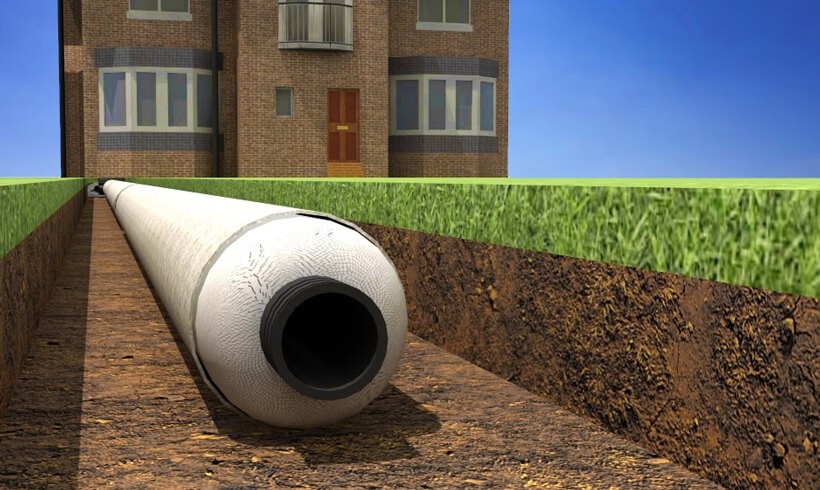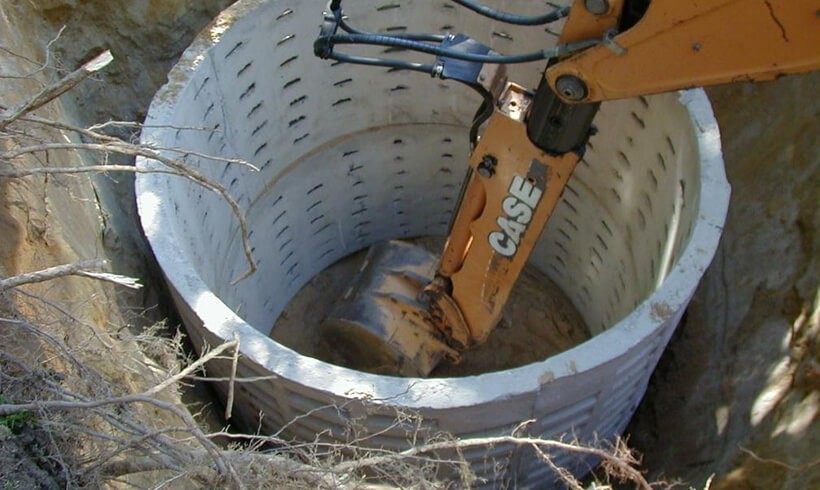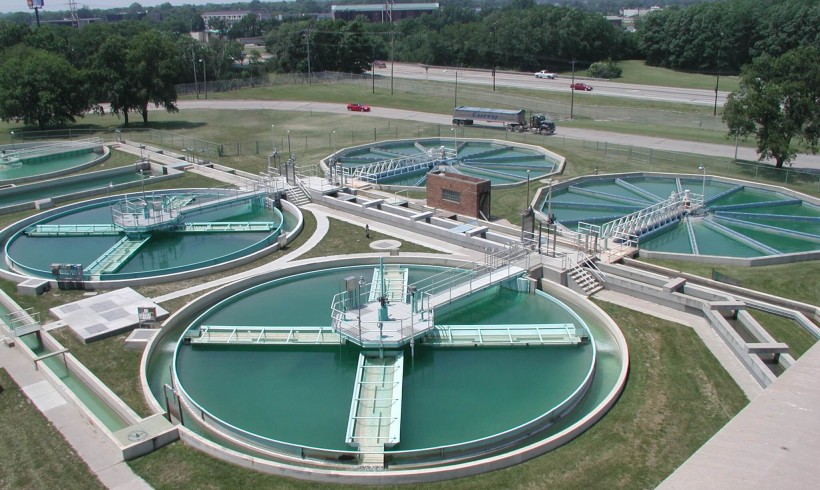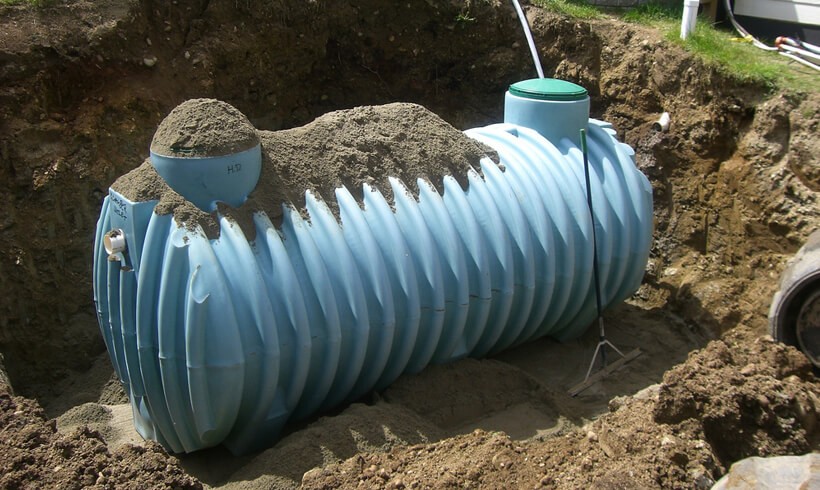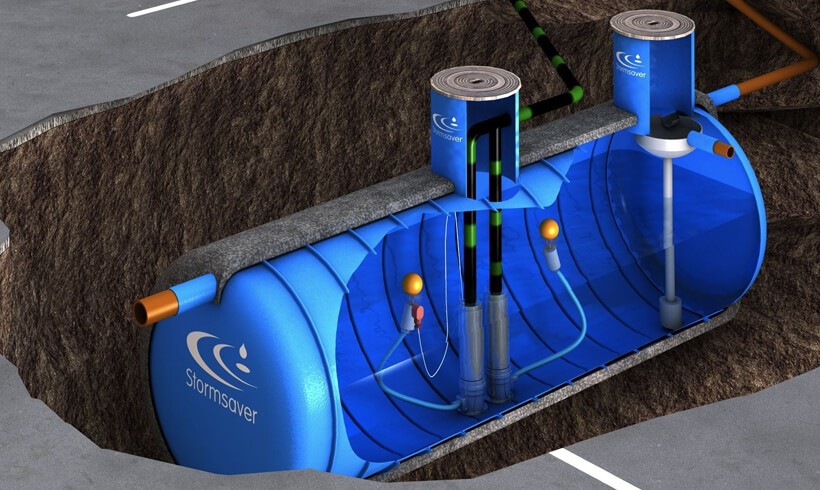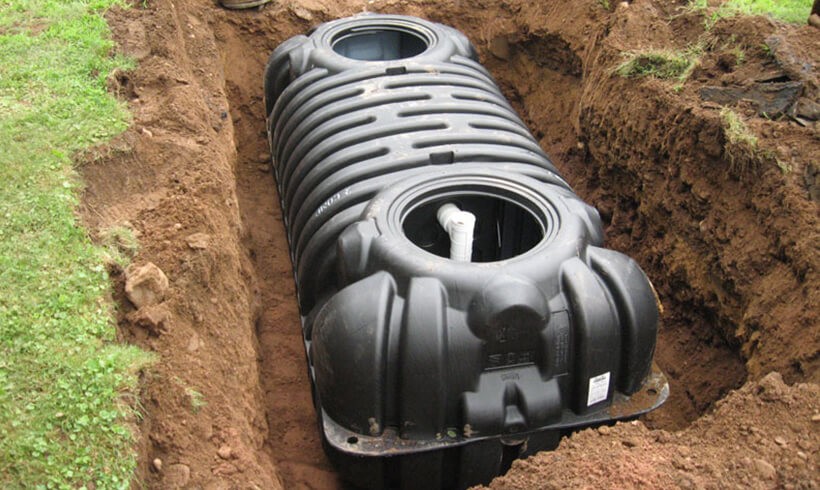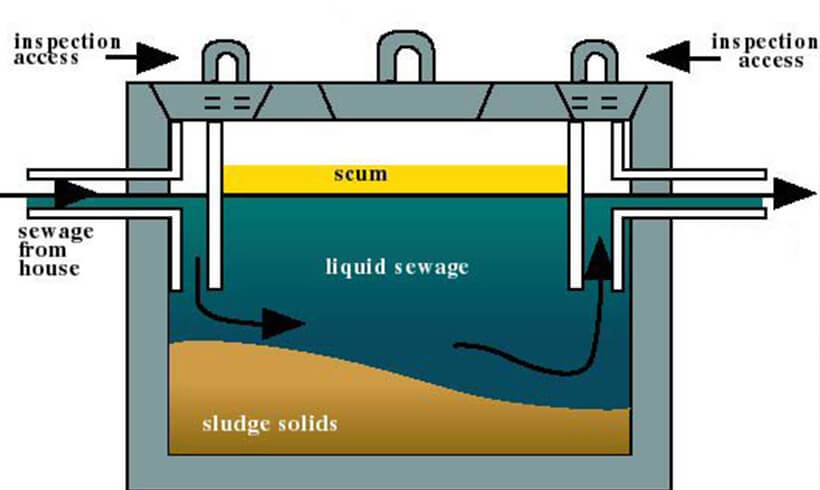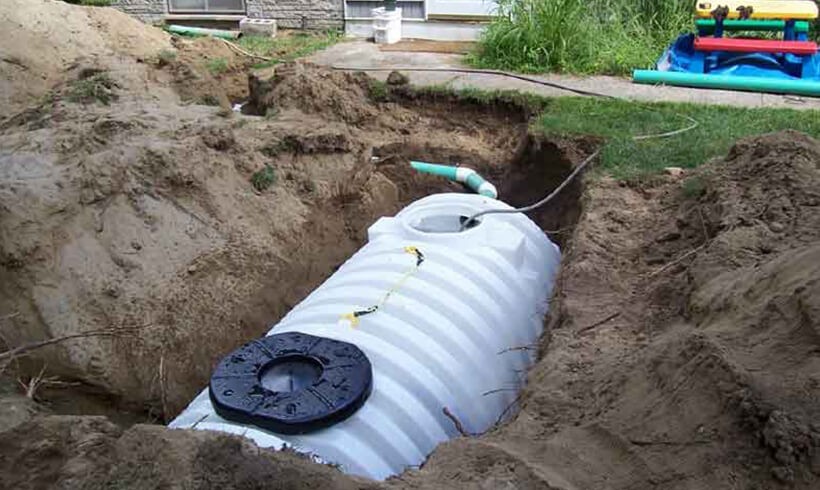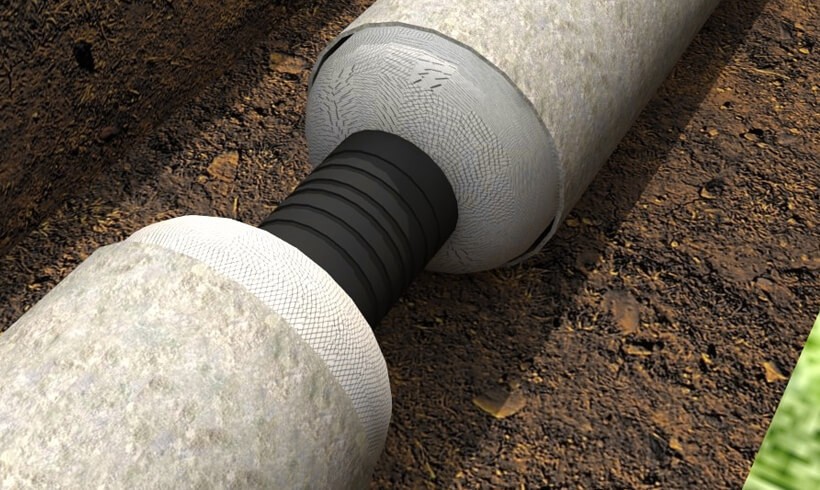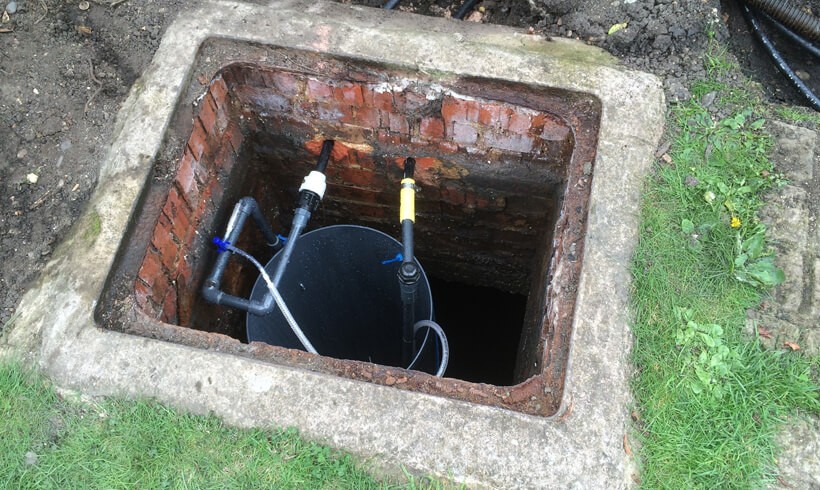Welcome to Plant Treatment
Plant Treatment design, supply, service and maintain sewage treatment plants, pumping stations, septic tanks, cesspools and ancillary equipment working across Hampshire and the South, and we have for over 20 years.
We are experts in sewage, supplying and installing sustainable sewage treatment solutions to prevent pollution of our environment and ground waters.
Covering the whole of Hampshire and beyond including Southampton, Basingstoke, Sotton, Totton, Romsey, Eastleigh, Bishop”s Waltham, Netley Abbey, Farnham, Winchester, Havant, Chichester, Hayling Island, Portsmouth, Tadley, Bitterne, Emsworth, Haslemere, Liss, Hedge End, Marchwood, Netley Marsh, Rownhams, Nursling, Fairoak, Chandler”s Ford.
What We Do
All of your sewage usually go through the main sewerage system. A septic tank will provide you with a sewage system separate to this. Septic tanks have been around for hundreds of years and the general systems have remained the same for even now. There have however been changes to the materials that are used as well as the bacteria inside the tanks.
When creating your own private sewerage system there are 3 main properties that can be used. These are Septic tanks, Sewage treatment plants and cess pits. Each of these have their own individual differences, benefits and drawbacks.
There are many businesses and households that are in the unfortunate position where they do not have a main connection to the public sewage system. In this case it is of course necessary to create your own off mains sewage system. Many choose sewage treatment plants in this situation. As they are one of the most effective solutions. Choosing the system that best suits your circumstances can often be tricky so we have provided answers to some of the main issues below.
Common soakaways are constructed via long trench lines filled with a clean stone and have a slotted or holed distribution pipe. These trenches can be interconnected (a looped system, see right), a simple long trench, a herring bone layout or a large filled pit.
If your Soakaway installation is carried out correctly it will last a lifetime if the septic tank and pipes are maintained. If the tank isn”t emptied on a regular basis the solids will be forced down the soakaway causing blocked drains and contaminating the soil making the soakaway no longer effective.
Cesspits are completely sealed tanks which collect all the effulent. They require frequent emptying due to not having any drainage facility. A modern cesspit serving a single domestic household normally has a capacity of approximately 4,000 gallons / 18,000 litres.
A cesspit consists of a covered pit into which raw waste is discharged . The liquid waste is taken off by seepage while the pit retains the sludge. Cesspools are particularly dangerous in areas where ground water is less than 20 feet from the surface and on properties where shallow wells are in use. They should be used only when construction of a septic tank is impossible.
The major flaw of the cesspit has always been that it requires regular emptying. This costs money and can be inconvenient. A cesspit is simply a sealed tank in the ground designed to store effluence from a property. Whilst still widely used, many property owners are choosing to convert their cesspit into a more sustainable equivalent, such as a self-contained sewage treatment plant.

